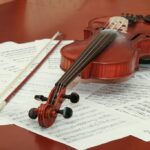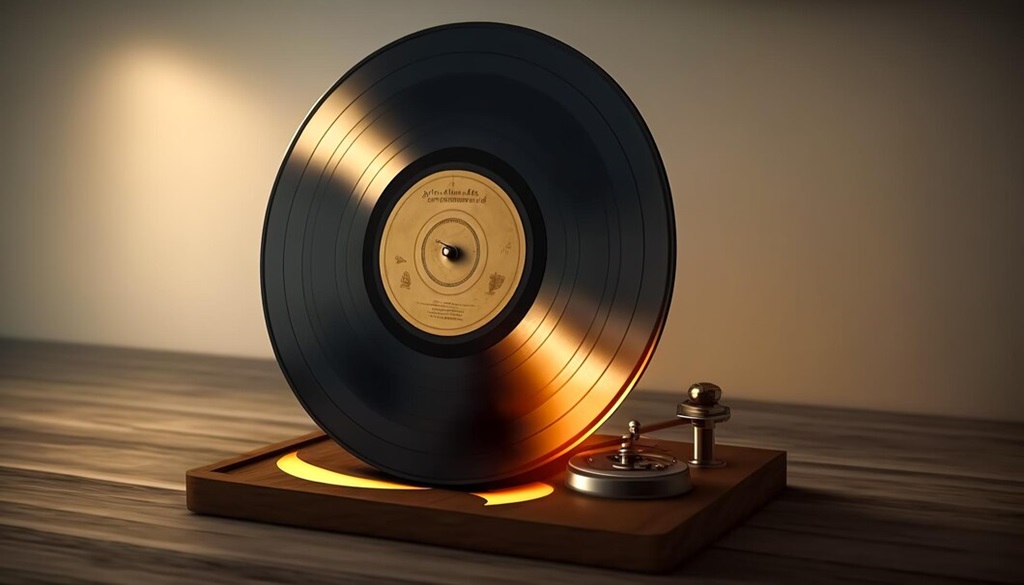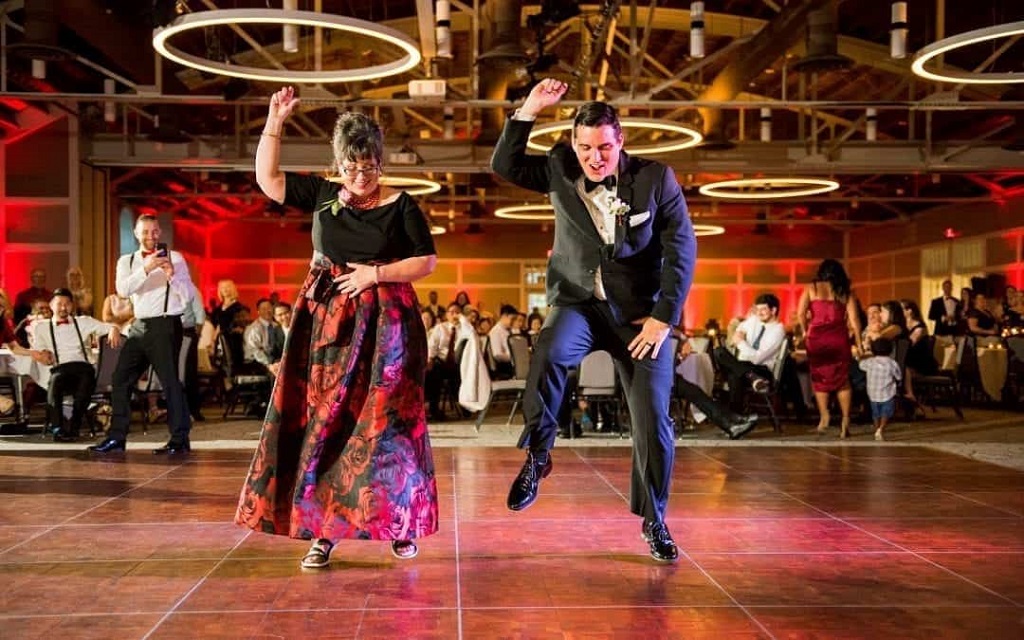
In piano instruments, unlike other instruments, the distribution of notes and tones on the piano is quite easy to understand, clear, and logically structured in consecutive notes that form the different octaves in a single line. Not to mention the sounds and functions of electronic keyboards, usually accompanied by a screen for ultra-instinctive use. This does not mean that it will be a piece of cake, there is a lot to learn and master, but at least we can start calmly.
Basic Knowledge Of Notes

Immediately after first impressions and getting familiar with the feel of the keyboard, don’t put off learning the names of the keys. Don’t see it as an exercise in itself, but rather as a way to get your bearings. It will come in handy for both melodies and harmonies. For example, you can paste stickers on the name of the notes until you know them. Several entry-level electric pianos and keyboards also have a backlight feature that lets you familiarize yourself with note names and positions.
At First Play Simple Melodies And Practice Fingering
Normally, the next step is to play simple melodies, especially with the right hand. You only have 5 fingers so the position of the wrist and hand is decisive. Train the posture. Soon you will become familiar with the C major scale for example and you will be able to familiarize yourself with the dynamics of the keys.
Work The Harmonies For The Accompaniment With The Left Hand
Chords and rhythms are possible when the left hand is in action and the right is in charge of the melodic part (although it doesn’t always have to be like that, it can be the other way around, we are generalizing). In your repertoire, you have to have the most important basic chords so that the harmonies can be as close to each other.
Synchronize Left And Right Hand
The next step is the timing between hands. Although synchronization is really not the right word, in this case, quite the contrary, each hand must learn to function independently and do different things at the same time. The left-hand plays the chords, the right the melody. As we have discussed before, there are more options, but we are focusing on beginners. Take your time, don’t be in a hurry, security is better to avoid frustration.
Structured Goals = Progress, And Motivation
In addition to the support of an expert teacher in the field, one way to approach learning in a sensible way is by setting achievable objectives. A personalized program is even more useful to avoid falling into bad vices. Small-scale goals are always the best, pure motivation.
- Learn the keys of your piano
- Try melodies with your right hand
- Practice chords with the left hand
- Practice the independence and simultaneity of both hands
Instruments & Accessories: You Also Have To Sit Down!
In most cases, the keyboards, electric pianos, and other instruments in this beginner’s family come ready to play. However, there are a few accessories to consider: a keyboard stand is just as useful as a piano bench. If you’re serious about it, you’ll need lessons and sheet music. And, of course, we don’t recommend taking your keyboard to class or the rehearsal room without a protective case or cover. 3 or 4 little things that will be very useful to you.
You may also be interested in How to improve your guitar playing


 Most Popular Songs With Baby in the Title
Most Popular Songs With Baby in the Title  The Songs Everyone Knows but Not the Name
The Songs Everyone Knows but Not the Name  Get Up and Dance! Songs Like Cupid Shuffle to Keep the Party Going
Get Up and Dance! Songs Like Cupid Shuffle to Keep the Party Going  How to Memorize Violin Note Chart Quickly?
How to Memorize Violin Note Chart Quickly? 


